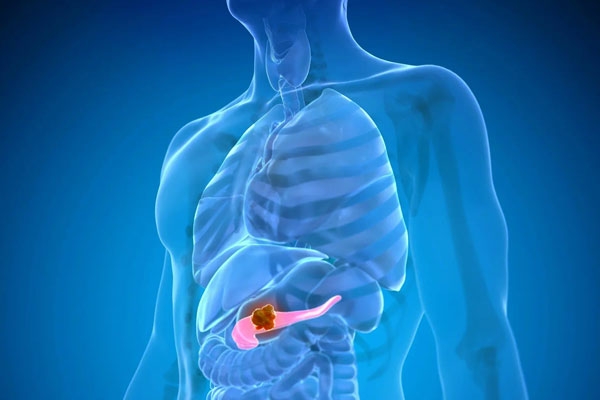
(Image source from: Canva.com)
Pancreatic cancer may not have the rapid progression seen in some other cancers, yet a lack of awareness is causing its incidence to surge. Frequently, individuals neglect early warning signs, which allows the disease to advance to more serious stages where effective treatment becomes exceedingly challenging. Therefore, understanding the four stages of pancreatic cancer is vital. Early detection significantly enhances the likelihood of successful treatment and effective disease management. The World Health Organization identifies pancreatic cancer as one of the most lethal cancer types. It arises when irregular cells proliferate uncontrollably within the pancreas. Although it predominantly affects the elderly, men are at a greater risk due to higher rates of smoking, which is identified as the primary contributor to this cancer's development.
Typical indicators of pancreatic cancer include jaundice, chronic pain in the abdomen or back, pale or greasy stools, persistent constipation, profound fatigue, fever, swelling of the liver, and ongoing nausea. These symptoms are frequently dismissed, resulting in delays in both diagnosis and treatment. In the early stage, symptoms are often subtle and can go unnoticed. Individuals might face mild issues such as light-headedness, tiredness, decreased appetite, or slight discomfort in the abdomen. However, these symptoms are often misconstrued as signs of general illness, causing the disease to advance unnoticed. As the condition progresses, symptoms become more pronounced and severe. Issues like jaundice and constipation become more evident, and liver swelling may occur. The pancreas may move from its usual location, exerting pressure on surrounding organs, which can increase bile production that then enters the bloodstream, leading to jaundice. A weakening liver further raises the risks of liver failure and mortality.
At this point, the cancer has progressed to nearby blood vessels around the pancreas or perhaps four or more adjacent lymph nodes but has not metastasized to distant organs. This marks a locally advanced stage, where the cancer infiltrates neighboring tissues, complicating treatment options, although aggressive therapies can still be effective. Unfortunately, many patients only receive a diagnosis when the cancer has reached this later stage. As the disease expands beyond the pancreas into vital organs such as the liver and lungs, treatment strategies may involve chemotherapy, chemoradiation, palliative surgeries, or bypass procedures. Relying solely on medication is often inadequate, making surgical interventions essential.
To reduce your risk of developing pancreatic cancer, it’s important to lead a healthy lifestyle: engage in regular physical activity, practice yoga, steer clear of processed foods, quit smoking, and avoid exposure to secondhand smoke. Opt for green vegetables in place of red meats, maintain a healthy weight, limit sugar consumption, and stay away from foods that can damage the liver. Most importantly, have routine health check-ups, particularly after reaching the age of 45.










